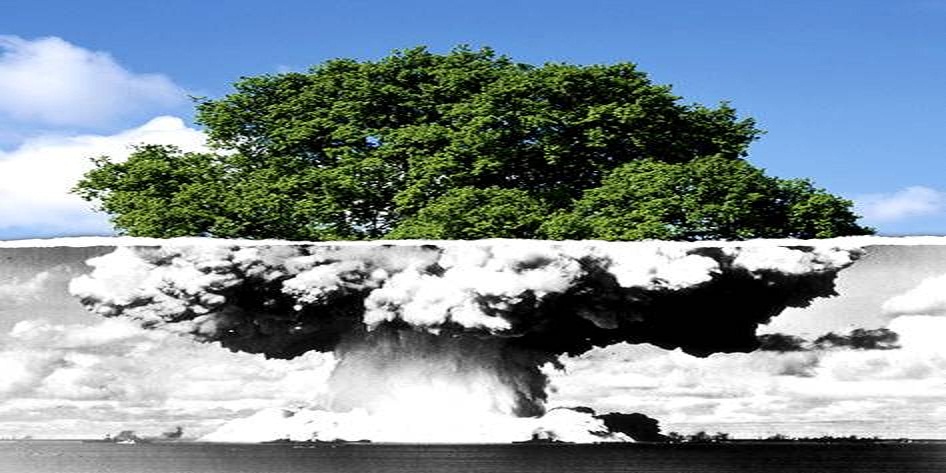The economics of nuclear energy are differentiated from its main competitors in electricity generation, natural gas and coal, by the fact that nuclear energy typically has high construction costs and low variable operating costs. As a result, the cost competitiveness of nuclear energy depends highly on initial construction costs and the cost of capital for nuclear power companies. Drivers of the initial construction costs include investment in new technologies, especially for increased safety, and government regulations and permitting requirements for grid connections, safety, and storage. Cost of capital can be driven by a wide variety of factors including the state of interest rates around the world, but typically, governmental regulation of nuclear energy has heavily influenced the availability and pricing of capital for nuclear energy projects. This includes at one time heavy subsidies for nuclear power and more recently, strong restrictions on nuclear energy development. The first successful deployment of nuclear energy was actually conducted by the U.S. Navy, and nuclear energy still powers a vast number of submarines and navies around the world.
| Energy return on Energy Invested | |
|---|---|
| Coal-fired power plant | 2.5 |
| Nuclear power | 4.5 |
| Hydroelectric power | 10 |
| Wind power | 35 |
| Natural gas | 10.3 |
As a result of the economics above, input costs (i.e., fuels) constitute a lower share of final cost of energy production than do the input costs for natural gas and coal power plants— the Nuclear Energy Institute estimates this share to be 78-94% of final energy costs for fossil fuel plants, versus only 26% for nuclear power plants.
In the US, while the Coal and Gas Electricity industry is projected to be worth $85 billion by 2013, Nuclear Power generators are forecast to be worth $18 billion. In the longer term, growth is set to continue among nuclear and renewable energies. Change in any industry so infrastructure-heavy is time-consuming, but change is slowly coming. Despite this, Coal and Gas are expected to be viable industries for a long time yet, and are still projected to be the number one means of generating power in 2050.
Regardless, nuclear has always been, and will likely continue to be, cost competitive with its main competitors, coal and natural gas. Exact estimates of costs vary, but the IEA suggests rough cost parity over the next 30 years, not including any potential carbon trading or tax system, which would hit both coal and natural gas harder than nuclear power.


0 comments:
Post a Comment